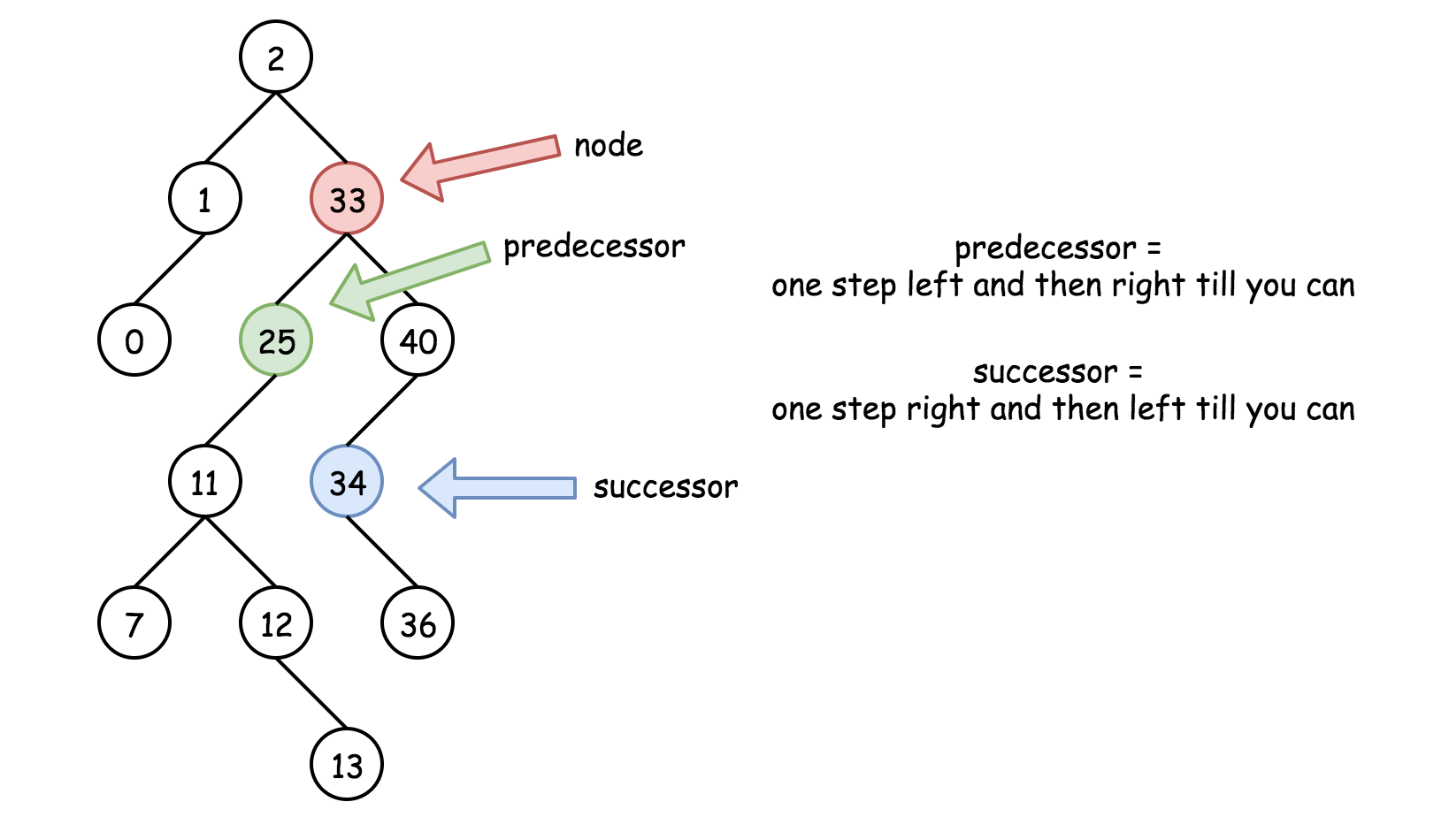1
2
3
4
5
6
7
8
9
10
11
12
13
14
15
16
17
18
19
20
21
22
23
24
25
26
27
28
29
30
31
32
33
34
35
36
37
38
39
40
41
|
class Solution {
public int minCameraCover(TreeNode root) {
return Math.min(minCam(root, true, true), minCam(root, false, false));
}
private int minCam(TreeNode root, boolean hasCamera, boolean isWatched){
if(root == null) return hasCamera ? Integer.MAX_VALUE / 2 : 0;
if(hasCamera){
int min = Math.min(minCam(root.left, false, true) + minCam(root.right, false, true), minCam(root.left, true, true) + minCam(root.right, false, true));
min = Math.min(min, minCam(root.left, false, true) + minCam(root.right, true, true));
return 1 + min;
}
else if(isWatched){
int min = Math.min(minCam(root.left, true, true) + minCam(root.right, true, true), minCam(root.left, true, true) + minCam(root.right, false, false));
min = Math.min(min, minCam(root.left, false, false) + minCam(root.right, true, true));
min = Math.min(min, minCam(root.left, false, false) + minCam(root.right, false, false));
return min;
}
else{
int min = Math.min(minCam(root.left, true, true) + minCam(root.right, true, true), minCam(root.left, true, true) + minCam(root.right, false, false));
min = Math.min(min, minCam(root.left, false, false) + minCam(root.right, true, true));
return min;
}
}
}
|

